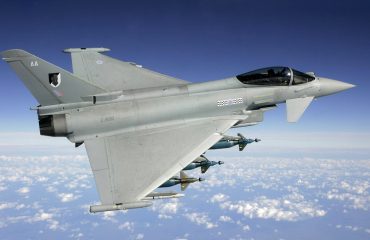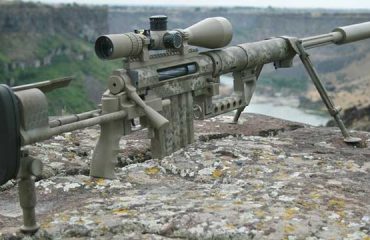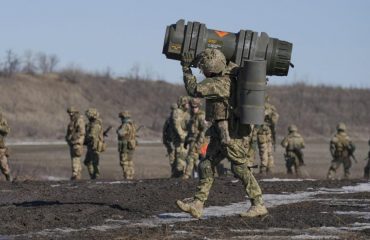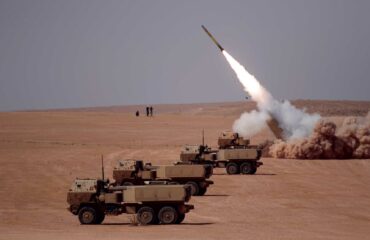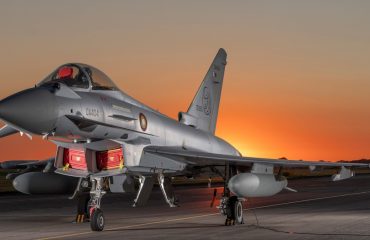The US Army acquires new LRR-E carrier aircraft

The US is investing in new battlefield surveillance aircraft and as part of this, the second Long Range Radar-Enhanced (LRR-E) carrier, and the first production aircraft, was delivered to the US Army in late December.
It is to replace the MARSS QRCs in service after 20 years of service and will provide information to manoeuvre teams on the ground covering the area of medium and low altitude surveillance and information gathering.
According to a press release, the LRR-E is capable of detecting moving targets using two types of devices: Ground Mobile Target Identification (GMTI) for detecting objects such as vehicles and Ground Mobile Target Identification (DMTI) for people.
The LRR-E is also capable of scanning as a synthetic aperture radar (SAR) for three-dimensional imaging of the terrain.
The system is based on the VADER (Vehicle and Dismount Exploitation Radar) ground target detection radar, except that while the older VADER transmits in the Ku-band, the LRR-E uses the X-band, so it detects targets at much greater distances. Furthermore, the LRR-E is 1. 2 metres longer and more than twice as heavy. Another feature of the LRR-E is that its antenna is static and does not rotate mechanically, so it has no associated damage and can detect a target more quickly.
A total of three LRR-Es will be built to go on an equal number of ARL-E (Airborne Reconnaissance Low-Enhanced) aircraft.
The first was delivered in April 2018 while the third is expected to be ready in the second half of 2022. The ARL-E is a De Havilland Canada-8 aircraft with electro-optical/infrared (EO/IR), full-motion (FMV) cameras, an information collection system (COMINT), an integrated system for collecting, analysing, cross-referencing and relaying information via ground workstations (DCGS-A).





